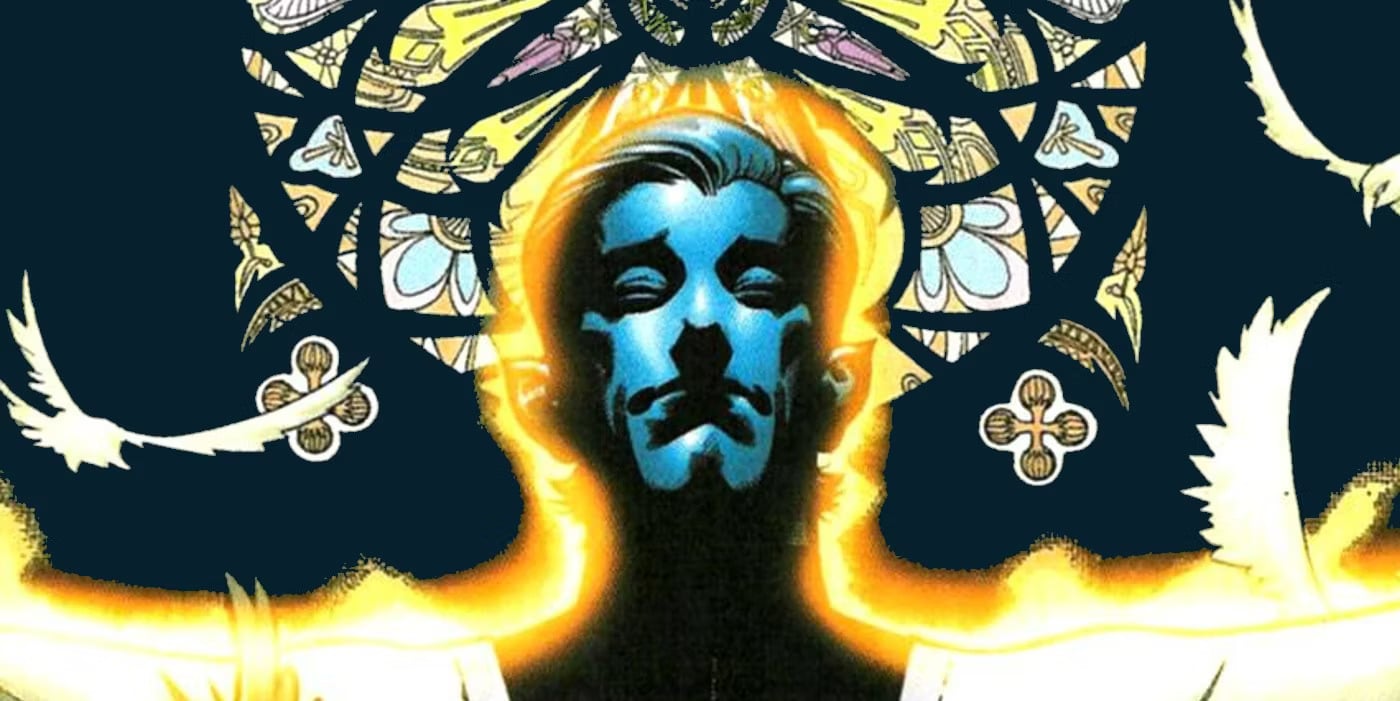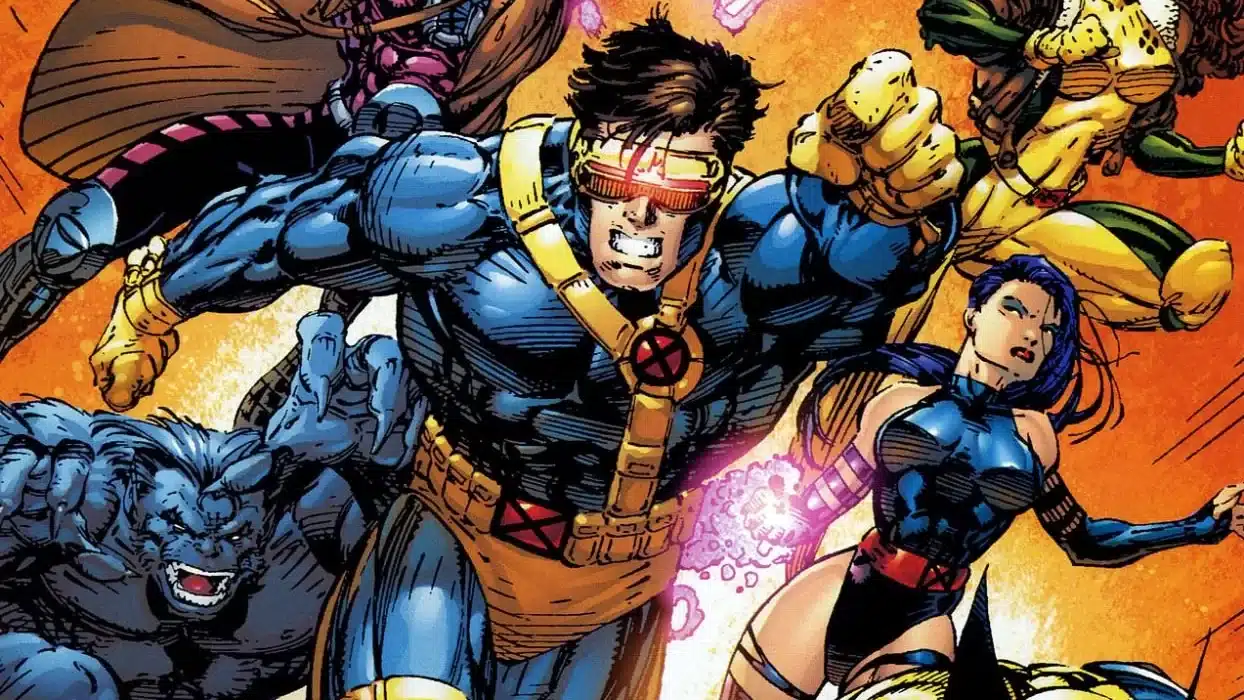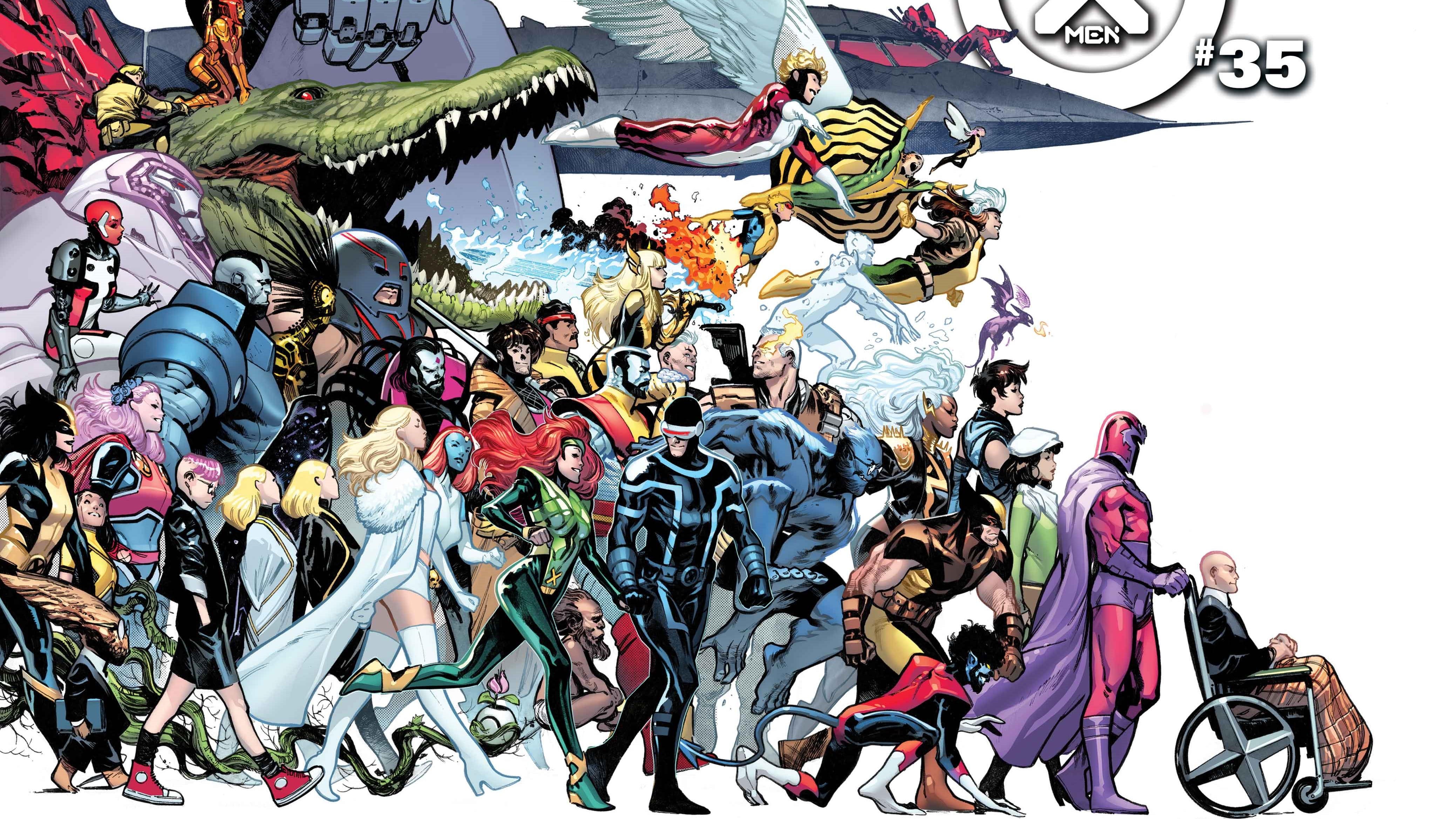A Look at the Finale of Superior Spider-Man (2019)
Twilight will come for the gods, and the status quo will be reset; Batman will be young again, Spider-Man will become unmarried, and everything begins anew. The idea of this Ragnarok for these characters is divisive for many. Conceptually, losing out on years of progress and development feels like a regression. Like a metaphorical snake ruining their game of Snakes and Ladders and setting them back at square one, readers feel let down when it happens. Suffice to say, when Doctor Octopus went back to being pudgy and (purportedly) evil at the end of the Superior Spider-Man (2019) maxiseries, the internet erupted into a furor.
It didn’t help much that the reason for the reversion harkened back to one of Spider-Man’s most controversial stories, either. But while it’s easy to get lost in one’s concern for “the lore”, thematically, this was where Otto Octavius was always meant to go.
Stuck in the Spider’s Shadow
The theme of redemption shares a commonality amongst most, if not all of Spider-Man’s rogues’ gallery; however, Otto Octavius, better known as Doctor Octopus, is a special case. Introduced in Amazing Spider-Man #3 as “the only enemy ever to defeat Spider-Man!”, Octavius is presented as both an intellectual threat as well as a physical threat to our hero Spider-Man. Time and time again, Spider-Man is able to defeat him though, be it thwarting Octavius’s plans to marry his aunt, or foiling his attempts to “save” the world in the “Ends of the Earth” storyline.
Otto Octavius’s story is one that’s uniquely intertwined with Peter Parker’s own story, for he is a twisted reflection of what Spider-Man could’ve been. Otto Octavius is a genius that had no Uncle Ben or Aunt May to nurture his growth. He, like Parker, was bullied by his peers at school, and had his own radioactive accident that gave him powers. Octavius’s newfound powers came at a cost though, as the accident caused damage to his brain, only to be further exacerbated by physical trauma from Spider-Man.
After learning that the effects of this trauma were months away from sending him to an early grave, Octavius tries to leave behind a legacy in the only way a villain would know how. As a final attempt, he takes over Spider-Man’s body, killing off Peter Parker and finally stepping out of his shadow.
Authority of the Arachnid
In Superior Spider-Man (2013), written by Dan Slott and illustrated by Ryan Stegman, Humberto Ramos, and Giuseppi Camuncoli, Otto Octavius is given his first chance to be a superior (clever, huh?) hero, using Peter Parker’s body to do so. Octavius takes an authoritarian approach to heroism, based on the misguided notions of peacekeeping that he had back when he was in his old body. Octavius treats Parker’s empathetic approach to heroism as weak and ineffective, and opts for an eye-in-the-sky model for him to monitor and crack down on crime. For a brief while, Octavius finds the success that he’s been striving for his whole life, success that he was consistently denied by Peter Parker, and even manages to find love. Ultimately though, he finds himself unable to save the day, realizing that his approach was deeply flawed, and surrenders the body back to its original owner.
Octavius once again goes back to living (Oh yes, he does survive, through shenanigans and a clone body that contains both his and Parker’s genes) in Spider-Man’s shadow, watching what he created thrive under Peter’s lead. What could have been a moment of progress for Octavius is denied due to his arrogance and pride getting in the way of accepting his circumstances.
Heel-turn Heel
What came next was a somewhat inexplicable heel-turn, as Octavius, now going by the title “The Superior Octopus”, allies with Hydra to take back Parker Industries from Peter Parker. This change represents an era of spite for Octavius, who, bitter that his approach to being a superhero was a failure, tries to reclaim what he had created while he was in Parker’s body at any cost. However, this return to evil ends up being a brief stint, as several issues later, Parker offers Octavius a second chance to be a hero in San Francisco without stepping on the former’s feet. Parker sees that Octavius is still capable of being a force of good when Octavius saves Aunt May during the “Go Down Swinging” storyline, and extends an olive branch to him.
But in San Francisco, Octavius once again falls to the same shortcomings as he did when he was piloting Parker’s body, accidentally creating a multiverse-level armageddon. Though he’s eventually able to use his intellect and save the day, it comes as a lesson to him: his old approach simply does not work, and no matter how much he tries to push for it, it will cost lives. The end of Spider-Geddon is a turning point for Octavius, who returns to using his old Superior Spider-Man suit and accepts that he must take a different approach to heroism.
Redemption for an Octopus
The second Superior Spider-Man run, written by Christos Gage and illustrated by Mike Hawthorne, Wade Von Grawbadger, and Jordie Bellaire, was a 12-issue maxiseries that saw Octavius facing the consequences of his past and learning the hardships that come with being a superhero. He learns empathy as he consoles James, an orphan that lost his mother in Octavius’s first major battle in San Francisco. He learns humility during the War of the Realms, realizing that he doesn’t need to be leading the charge in order to be a hero. In a heart-to-heart with Peter Parker, he comes to the realization that despite all his attempts at being a “superior” hero, he’ll never be able to save everyone.

It’s tough to put into words just how influential this run is on Otto Octavius as a character, but to summarize: It’s a damn good run. Gage’s writing is augmented by Hawthorne’s masterful and emotive art. It’s a run that redefines what it means to be superior, teaching the bashful and vain Octavius the very real emotional component that comes with being a hero.
In the penultimate issue, Octavius finds himself unable to save the day once again, against a Norman Osborn from another universe. This time, instead of being presented with the choice to remove Otto Octavius from Peter Parker’s body (like at the end of the first run), he’s offered the chance to remove Peter Parker (and any previous affliction) from Otto Octavius’s body. This draws several parallels to the penultimate issue of the previous run, down to Octavius being bested by Norman Osborn and choosing to reject a part of his body.
Octavius hesitates to take the offer at first, but comes to the realization that most, if not all, of his career as a hero comes from his association to Peter Parker, whether it be using Parker’s body and/or name. He feels as though he’s been deprived of being a hero on his own terms, as though he’s been an imposter the whole time.
So in a “One More Day”-esque moment (an invocation which no amount of apologia can excuse, unfortunately), Mephisto gives Octavius a third chance, now back in his old, pudgy body, without any trace of Peter Parker’s genes inside of him.
Requiem for an Octopus
A lot of the anger towards the finale of this run can be attributed to the body politics of this transformation. For several decades, readers have associated the term “evil” with the bowl-cut, old, fat Doctor Octopus. Octavius moving into a younger, fitter body is a change that readers associate with his shift into being a hero. Superhero media has conditioned readers into the belief that male heroes are the handsome ones, and male villains are the ugly, grotesque ones. The “handsome” Captain America fights against the “grotesque” Red Skull, the “handsome” Batman fights against the “ugly” Joker, and the “handsome” Spider-man fights against the “ugly” Doctor Octopus. It’s a negative trope that reinforces the idea that people who don’t conform to the conventional idea of beauty cannot be heroes.
Mephisto even leverages this symbolism against Octavius when he’s hesitant to accept the former’s offer; By positing that Octavius’s former lover Anna Maria Marconi only loved him when he was in a younger, fitter body, Mephisto successfully coerces Octavius into finally accepting his offer. Thus, when Octavius goes back to his old body, the preconceived misconception that readers may have is that he is going back to being evil and returning to the old status quo, though in reality that’s far from the case.
In the final issue of Superior Spider-Man, we see the after-effects of the reversion at play. Readers might be inclined to conflate Octavius’s egoistic vanity and arrogance as evil at first, but (tired a phrase as it may be) expectations are subverted; Octavius defeats Osborn, sets up a trust fund for James and pays back his former employees. He goes back to his peers in a seeming attempt for approval, and shows visible distress when he realizes he can’t go back to his old life. It shows that while the body might have changed, the mind and the heroic spirit within remain the same. It’s a positive subversion that moves the needle forward on the character, rather than back.
That’s likely what Gage (who also worked on the first Superior Spider-Man run) had in mind when pitching the second volume of Superior Spider-Man: to have Otto Octavius finally complete his redemption arc in his own body. This is the conclusion to roughly six years’ worth of development for the character. The first Superior Spider-Man run (and by extension, the Spider-Verse crossover event) shows how Octavius’s adherence to his authoritarian approach to heroism ultimately fails him. Spider-Geddon humbles Octavius further by showing him the dire consequences of his actions. The second Superior Spider-Man run is Octavius’s final lesson in what it truly means to be a hero, and by returning him to his old body, it finally closes the loop on his Ragnarok. Otto Octavius is a new man, a hero in his own body, ready to start the next era of his life.
We’ve yet to see the repercussions of the Superior Spider-Man finale on the rest of the Marvel Universe, so who knows, perhaps the next writer to write the character might completely forget about the progress made over the past six years, rendering this analysis moot. Such is the nature of the mainstream comics medium, and it’s a conversation that’s worth having another day. Until then, Otto Octavius remains in limbo, a hero in his own right, free from the shackles that once chained him to Peter Parker.
Lan M
Lan M is a university student from Toronto whose last name probably wouldn’t fit within the character limit for this blurb. Between his bouts of existential dread and making videos, you can find him tweeting.





